Optimal Timing for Asphalt Paving
Choosing the optimal time for asphalt paving projects is essential to ensure durability and quality. Weather conditions, temperature, and humidity significantly influence the laying and curing process of asphalt. Proper timing minimizes issues such as cracking, uneven surfaces, and premature deterioration.
The best temperature for asphalt paving is typically between 70°F and 85°F. This range allows asphalt to be compacted properly and to cure effectively.
Dry, sunny days with low humidity are preferred. Rain or high humidity can hinder adhesion and cause surface imperfections.
Late spring and early fall often provide optimal conditions, avoiding extreme cold or heat that can affect asphalt performance.
Consistent temperatures during installation prevent thermal stress and cracking, ensuring a longer-lasting surface.
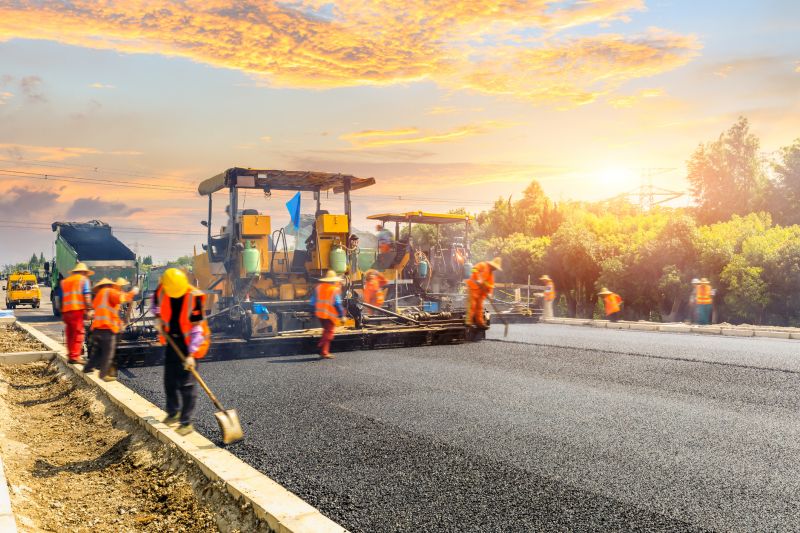
Warm temperatures facilitate proper compaction and curing of asphalt.
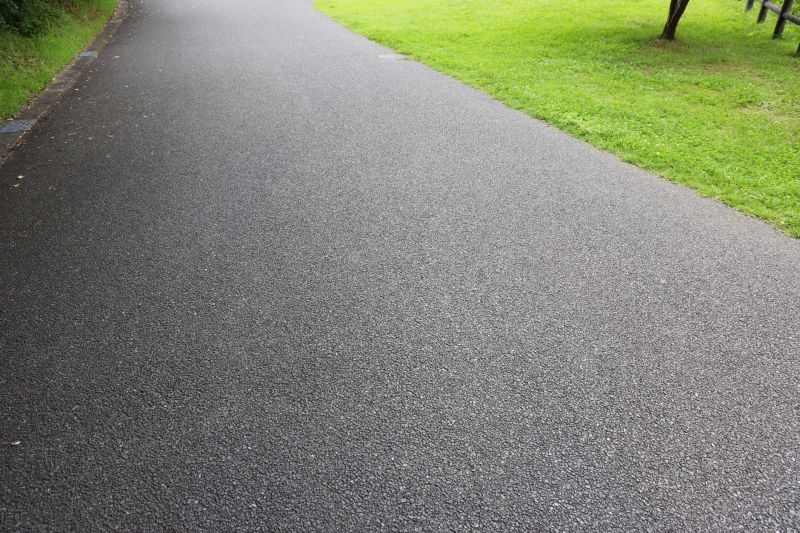
Moderate temperatures and less rainfall make spring an ideal season.
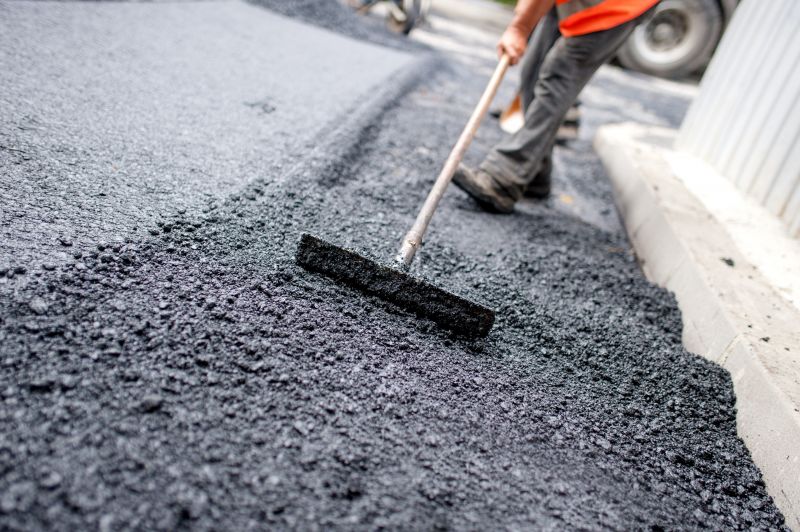
Cooler weather with stable temperatures supports effective paving before winter.

Ways to make Asphalt Pavings work in tight or awkward layouts.
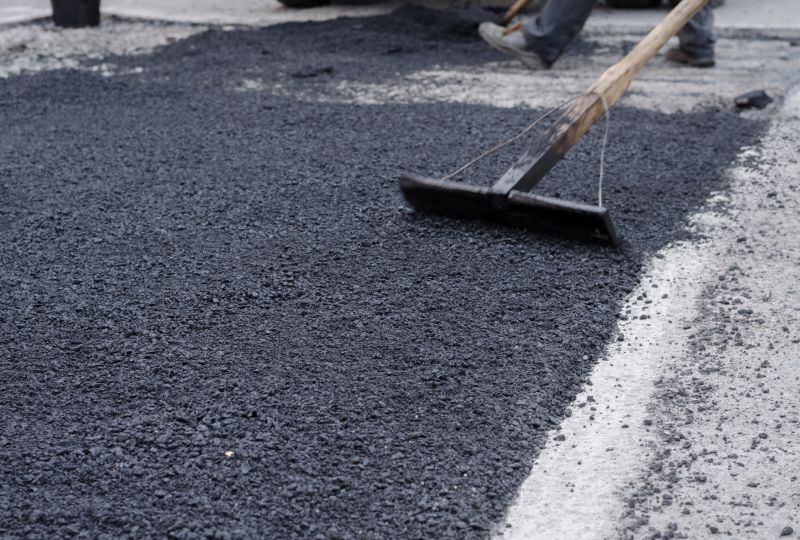
Popular materials for Asphalt Pavings and why they hold up over time.
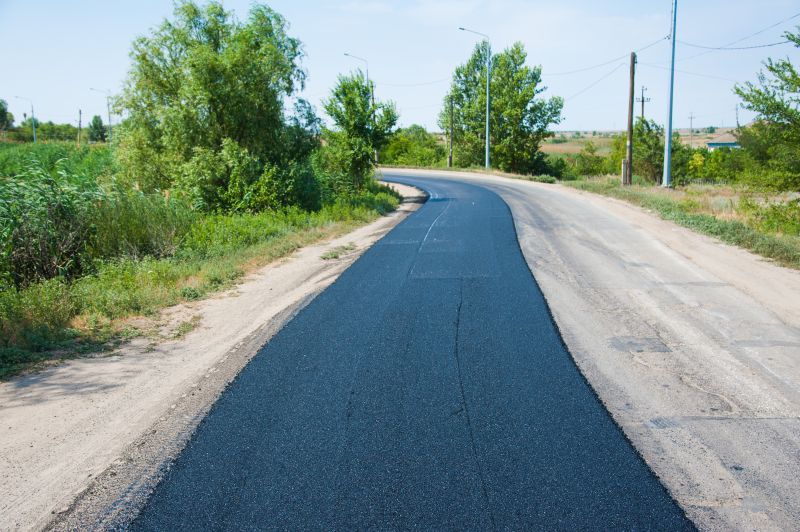
Simple add-ons that improve Asphalt Pavings without blowing the budget.

High-end options that actually feel worth it for Asphalt Pavings.

Finishes and colors that play nicely with Asphalt Pavings.
| Season | Optimal Conditions |
|---|---|
| Spring | Moderate temperatures, low rain, and dry days |
| Summer | High temperatures, dry weather, stable conditions |
| Fall | Cooling temperatures, low humidity, no frost |
| Winter | Not recommended due to freezing temperatures |
Asphalt paving involves laying a mixture of aggregate and bitumen to create durable surfaces for roads, driveways, and parking lots. Proper timing ensures the asphalt can be laid and compacted at its optimal temperature, which is crucial for longevity. The process requires precise temperature control and weather conditions to achieve a smooth, even surface that resists cracking and potholes over time. Statistics indicate that asphalt surfaces, when installed under ideal conditions, can last up to 20 years with minimal maintenance.
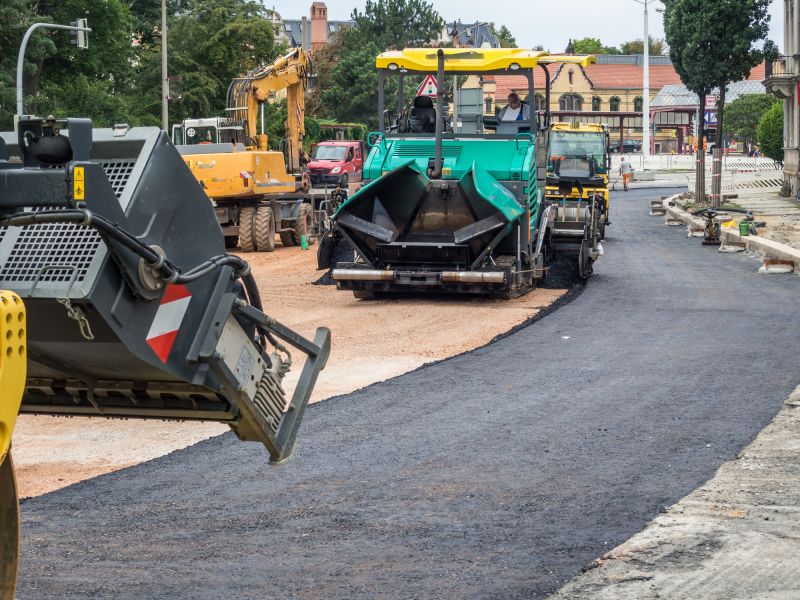
Modern machinery ensures precise application and compaction.
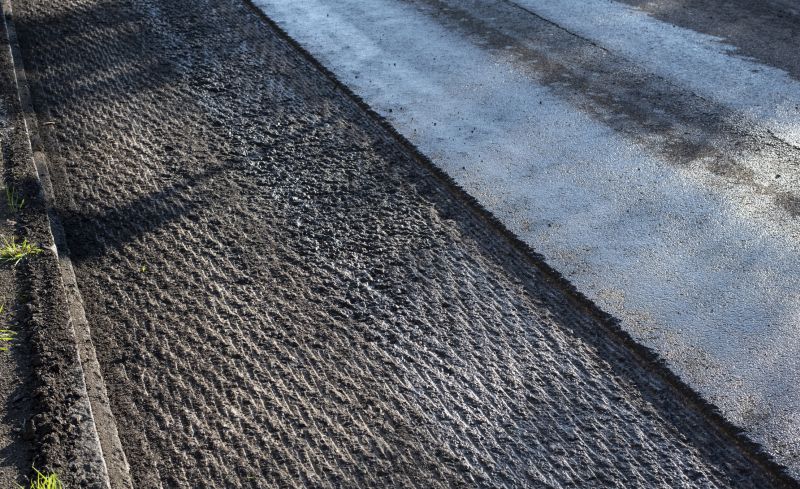
A smooth, durable surface ready for use.
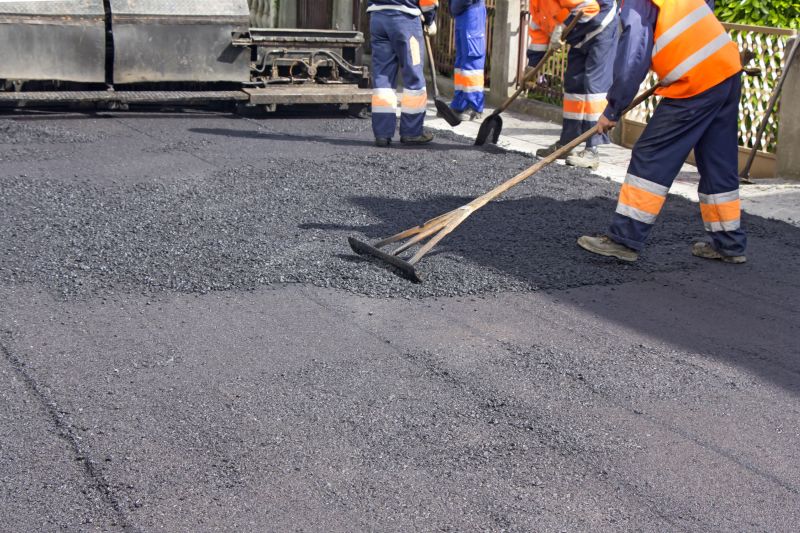
Skilled operators lay asphalt during optimal weather conditions.
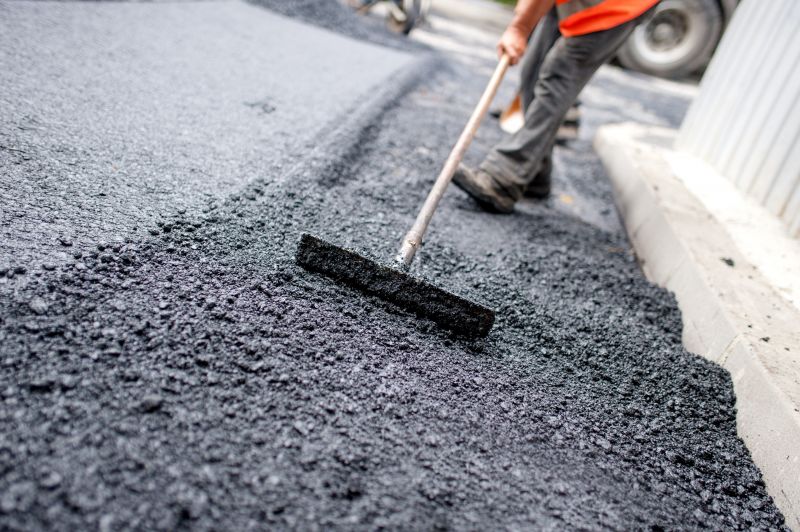
Ideal weather supports high-quality asphalt installation.
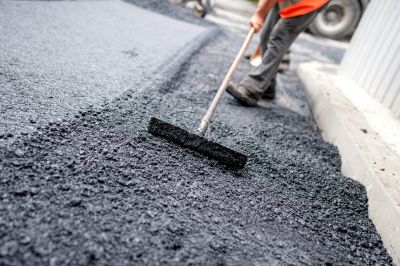
Little measurements that prevent headaches on Asphalt Pavings day.
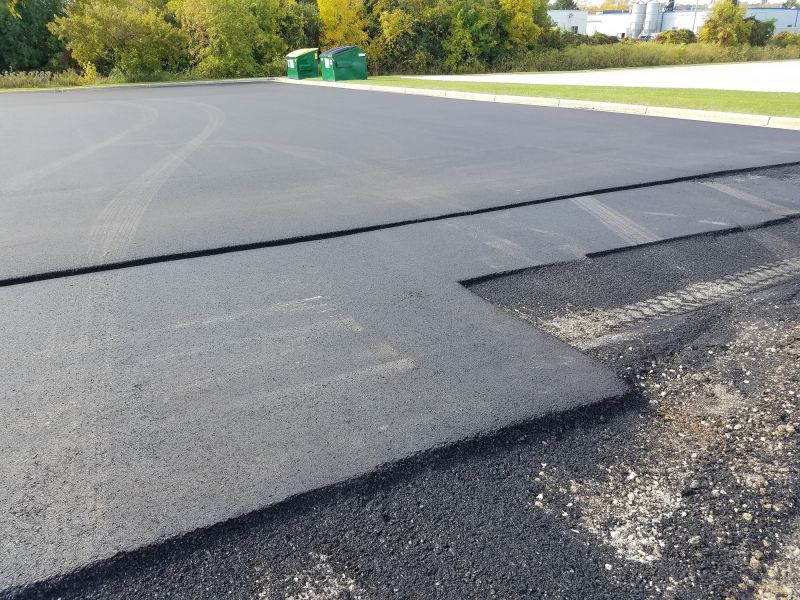
A 60-second routine that keeps Asphalt Pavings looking new.
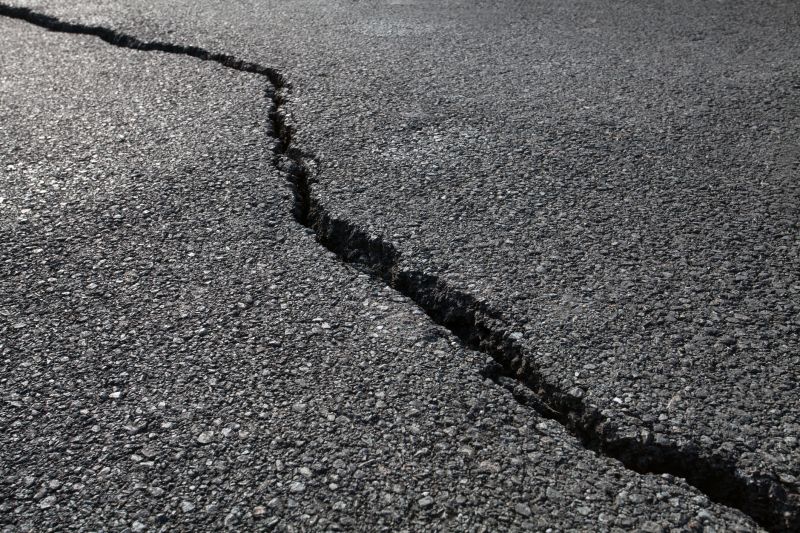
A frequent mistake in Asphalt Pavings and how to dodge it.
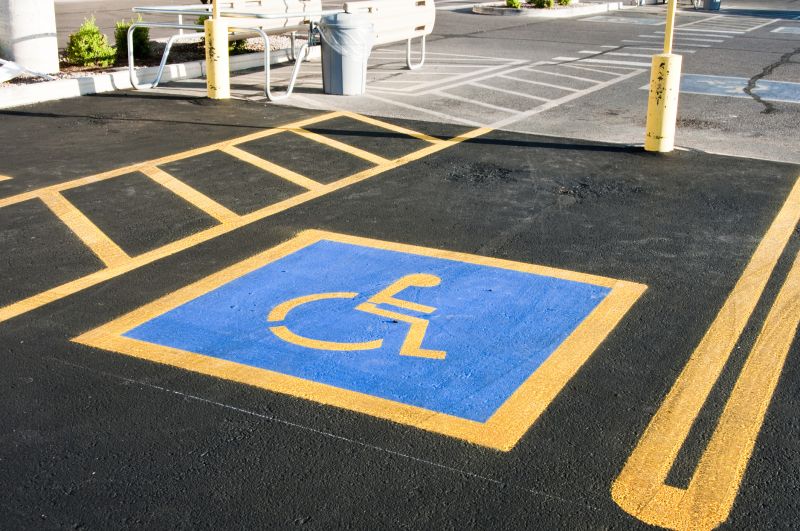
Small tweaks to make Asphalt Pavings safer and easier to use.
Interested in scheduling asphalt paving at the right time for optimal results? Fill out the contact form to get more information and assistance with planning your project.
